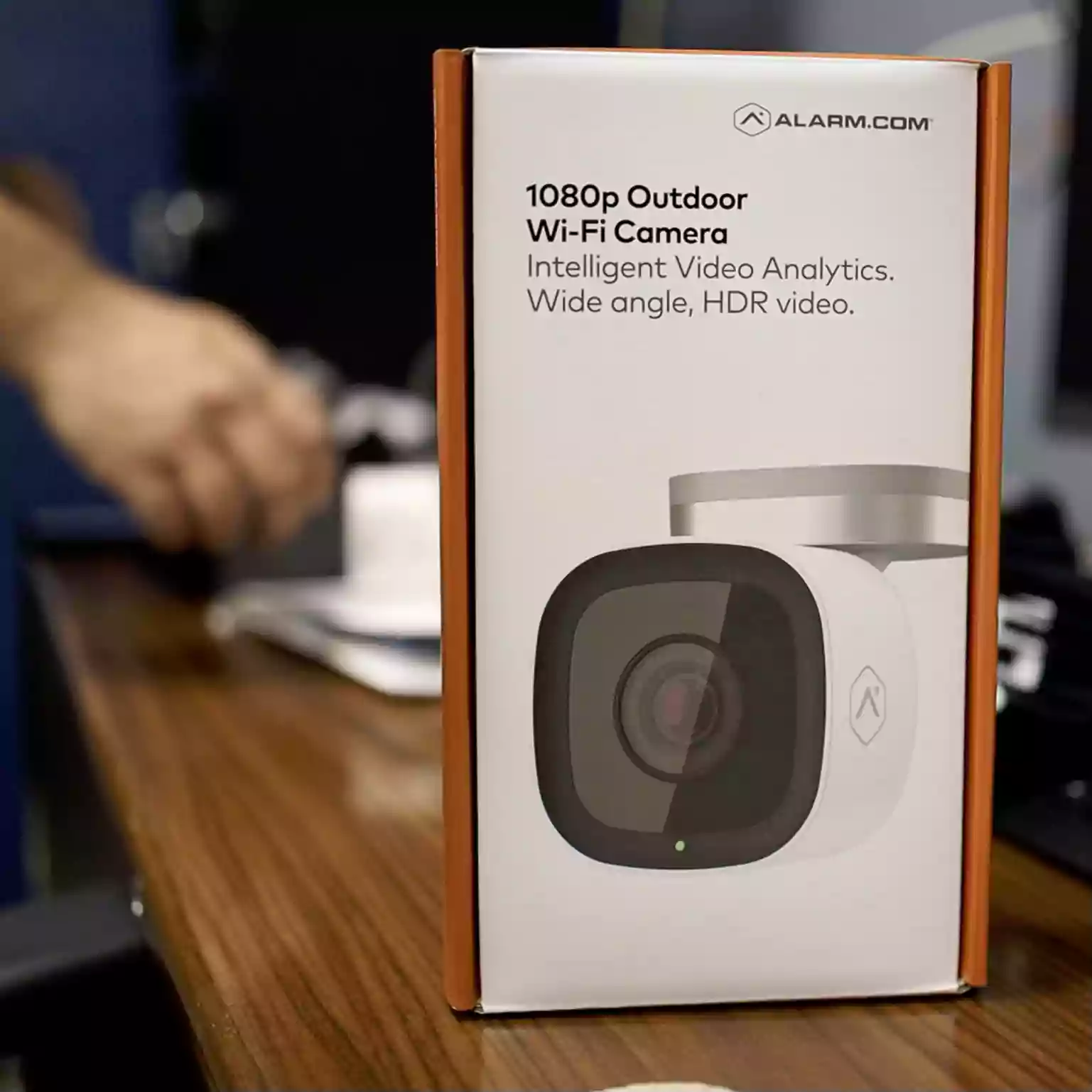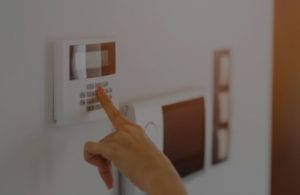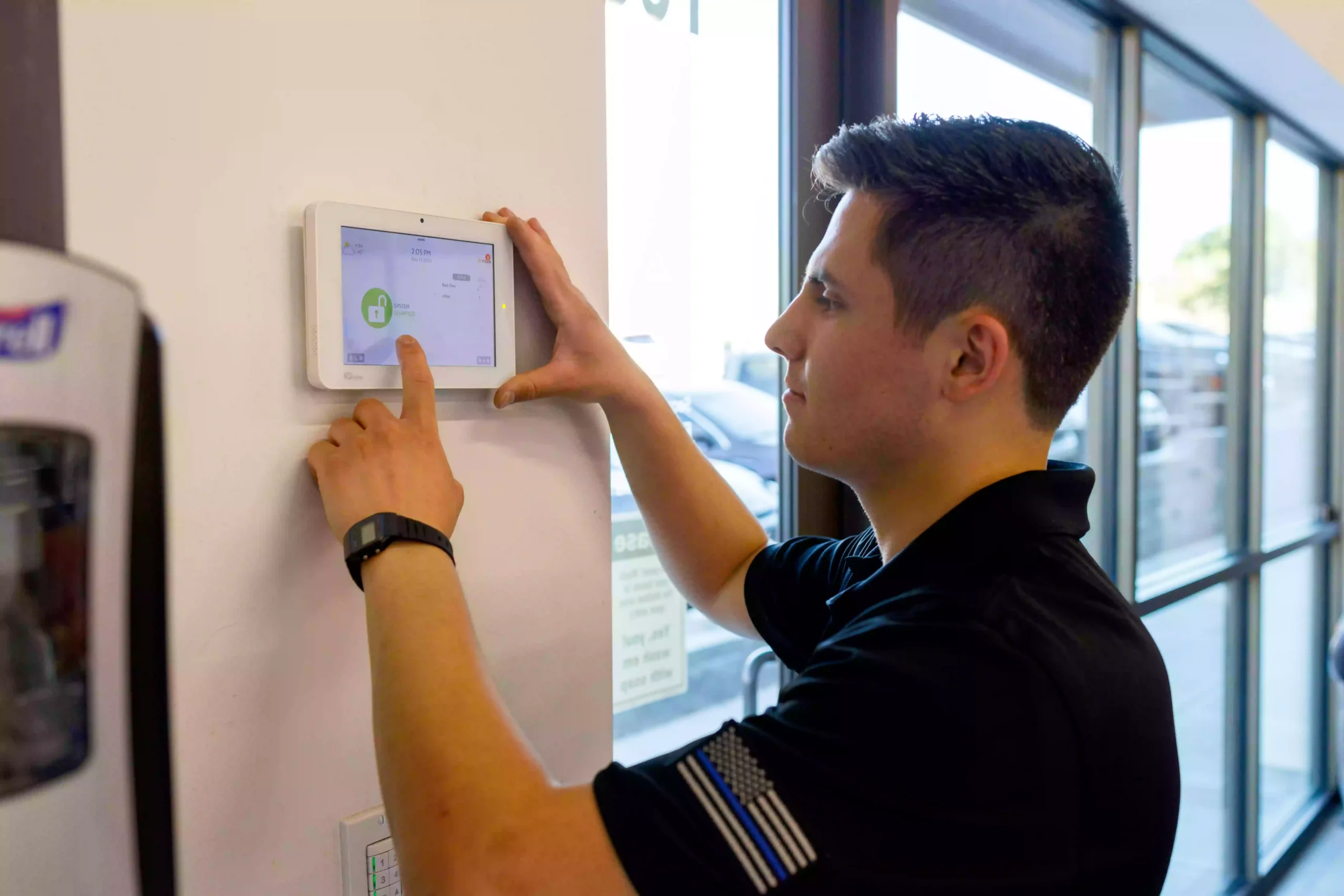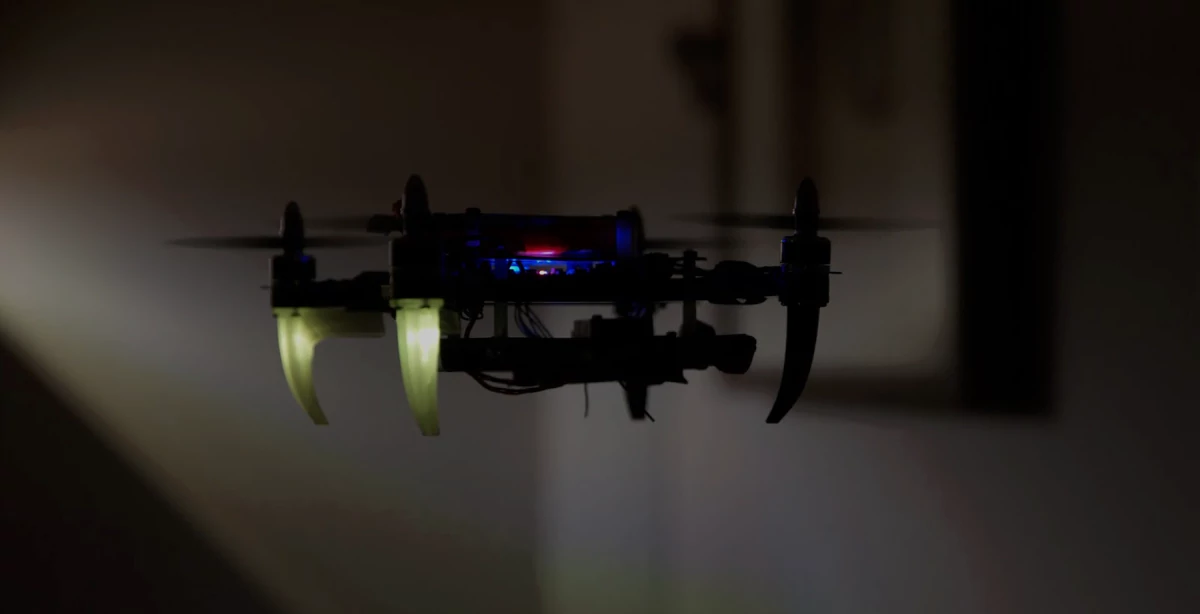We tend to think of burglars as nighttime prowlers who rely on the cover of darkness to break into homes undetected — but this is often not the case. Depending on the location, as many as 40-60 percent of home burglaries occur during the day. These enterprising criminals prefer the daytime hours when the adults are at work and the kids are in school. Some will even disguise themselves as repairmen or delivery drivers to appear as inconspicuous as possible.
Use the following tips to protect your home and property against daytime intruders:
-
Don’t hide keys:
Many homeowners hide keys under doormats, in flower pots or in the mailbox to prevent locking themselves out or making it easier for a friend or neighbor to look after their house while they’re away. Unfortunately, this also makes it easy for burglars to find the key and walk right inside. If you feel the need to have a “standby” key, give it to a trusted neighbor for safekeeping.
-
Vary your routine:
Daytime burglars will usually watch a home for several days to see when the residents come and go. If possible, change up your daily routine by coming home for lunch on different days during the week or park an unused vehicle in the driveway instead of the garage on occasion. If you do your grocery shopping after work on the same day every week, change to a different day.
-
Don’t leave notes on the door:
Another common mistake many homeowners make is leaving notes on the door for delivery people or family members. This also serves as open invitation to burglars by informing them that no one is home. Use safer, less obvious methods of communication such as the telephone, email or text messages instead of physical notes.
-
Lock your windows:
Some homeowners neglect locking their windows prior to leaving home in the morning — and some even leave screened windows open during the summer. An experienced burglar can slip through an open or unlocked window in a few seconds, and some will even use your own ladder to reach second-floor windows.
-
Get a locking mailbox:
Mailbox theft is a growing problem in many parts of the U.S. Thieves will wait for letter carriers to make their delivery, then simply open the box and steal the contents, typically looking for checks or credit card solicitations. If you don’t already have, purchase a mailbox equipped with a secure lock.
-
Thoroughly investigate hired help:
If you’re thinking of hiring a housekeeper, gardener, pool service attendant or landscaper to care for your home or property during the day, be sure to verify their credentials and ask for references before bringing them on board.
Titan Alarm Inc. Can Help With Your Home Security Needs
A comprehensive security system will protect your property during the day and at night, whether you’re home or away. If you live in the Phoenix, AZ area, contact the professionals at Titan Alarm to discuss your home security needs today and to schedule a free consultation today.


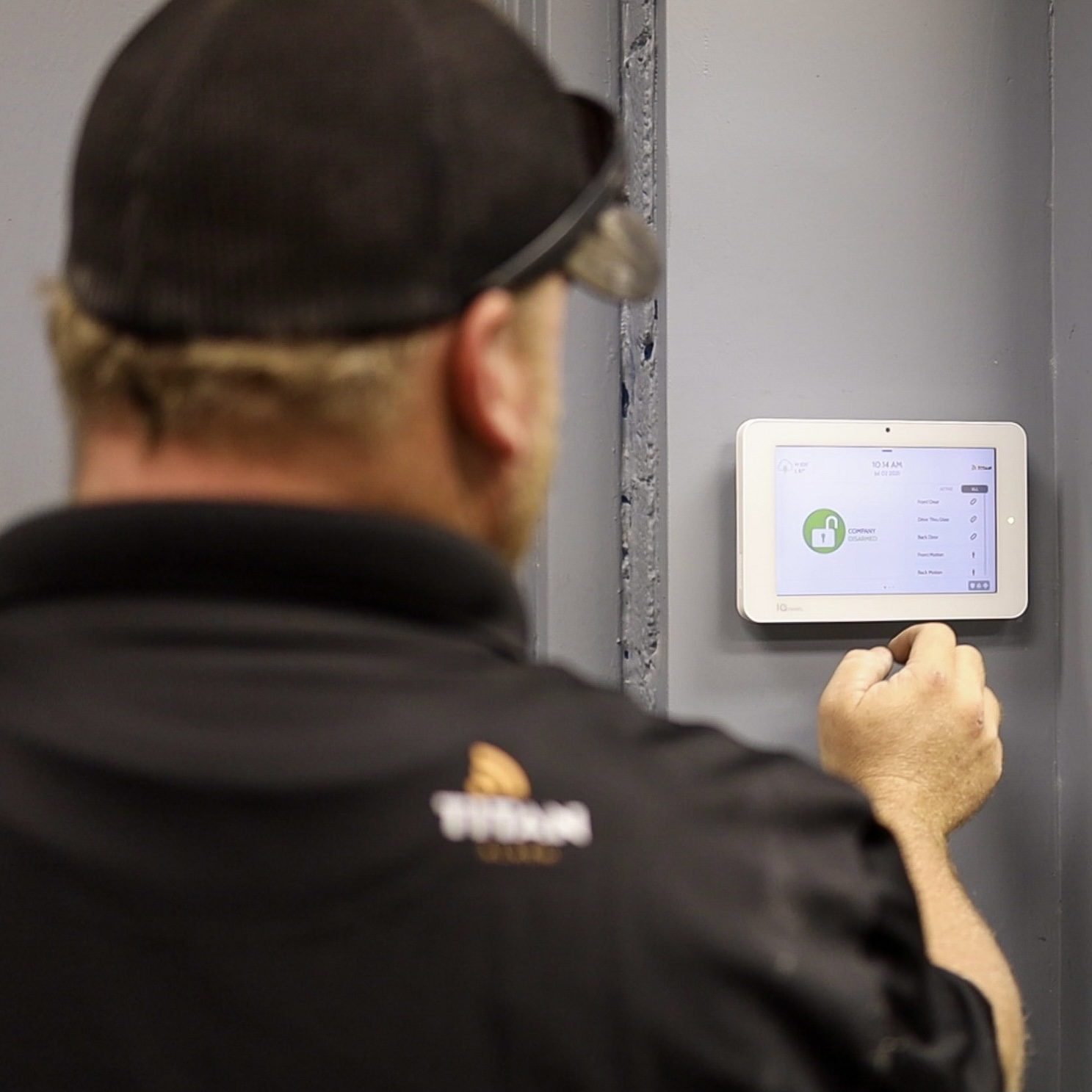
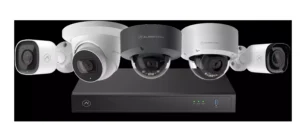
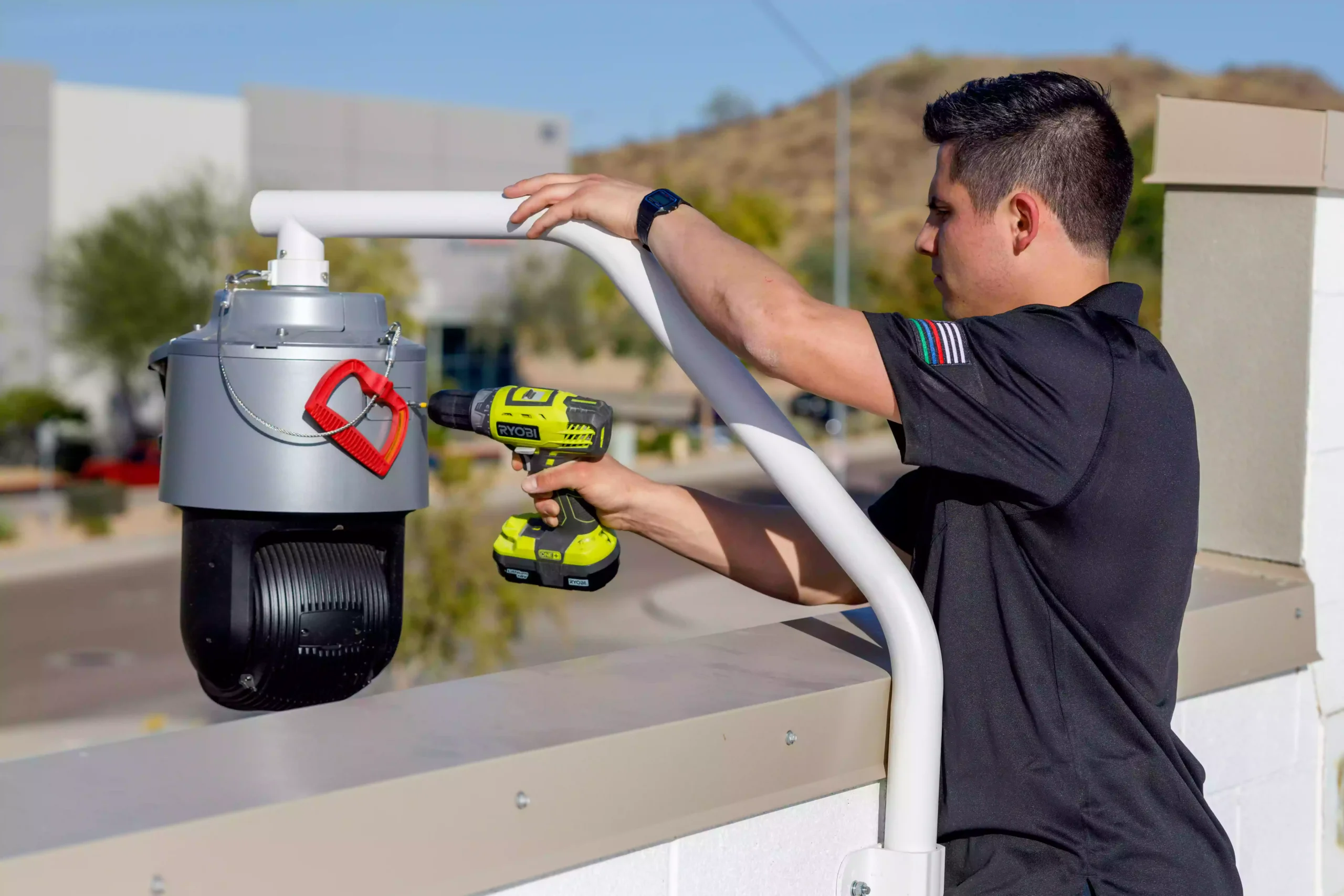
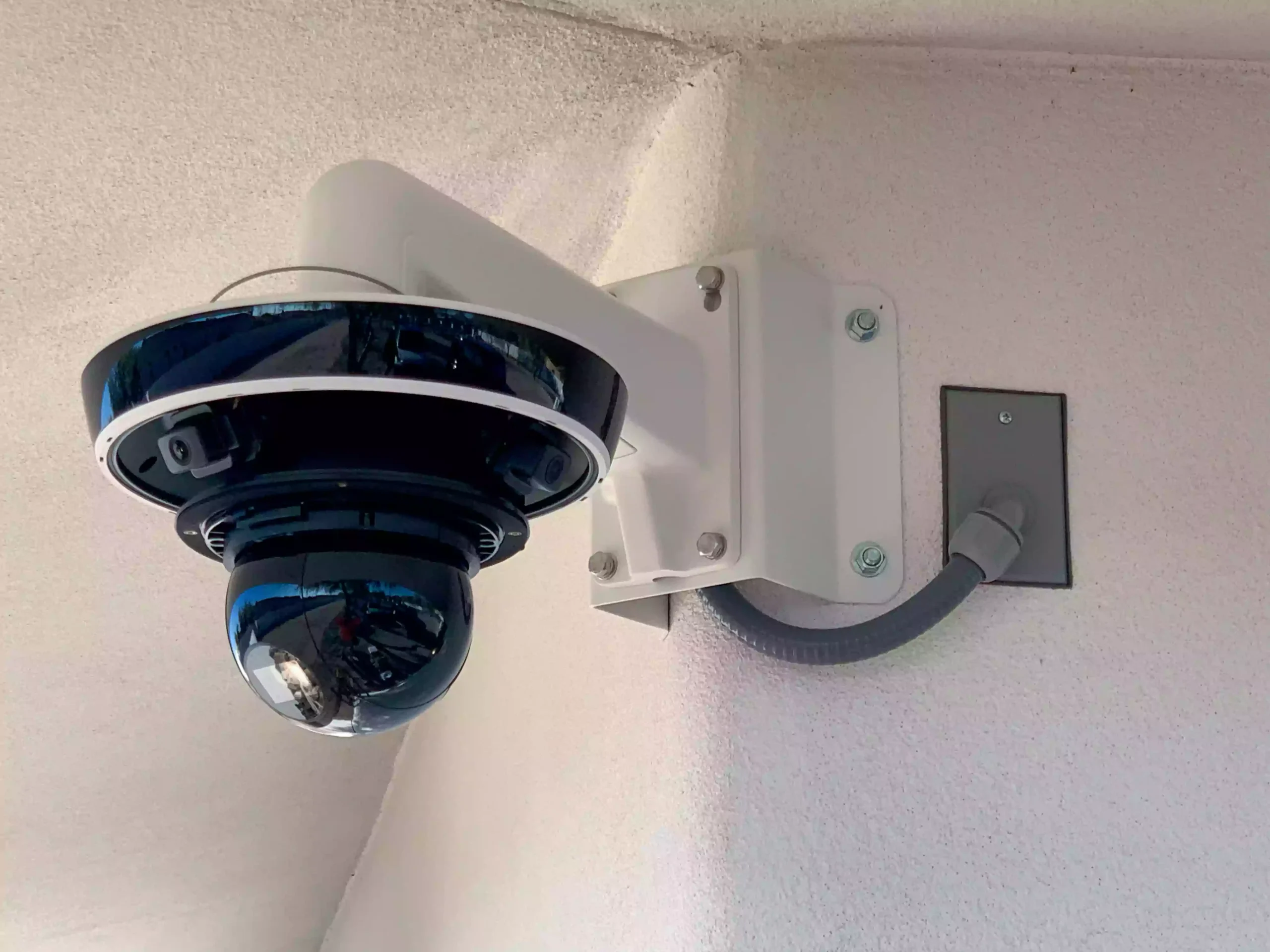
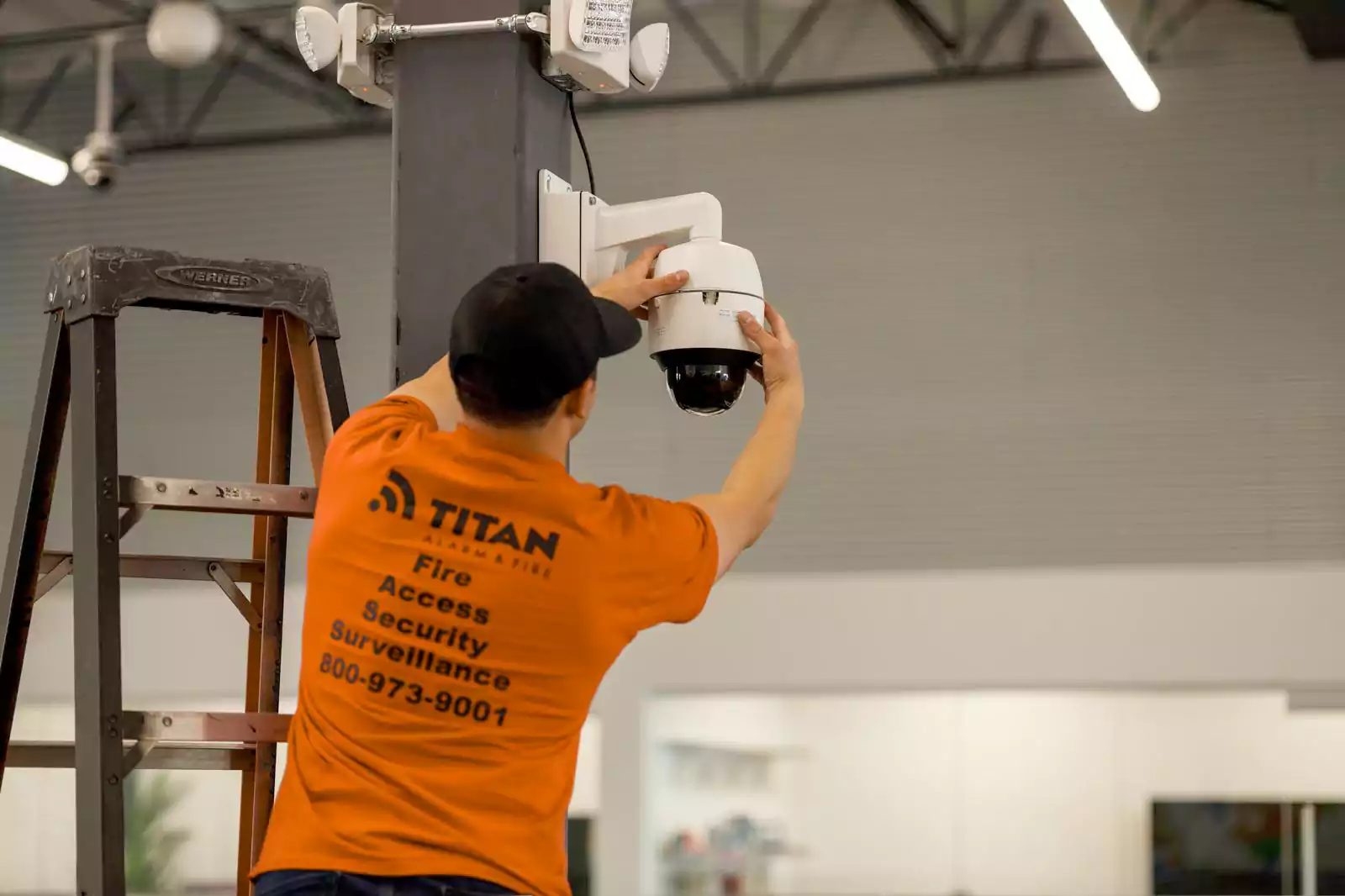 3. Cover Secluded Areas
3. Cover Secluded Areas